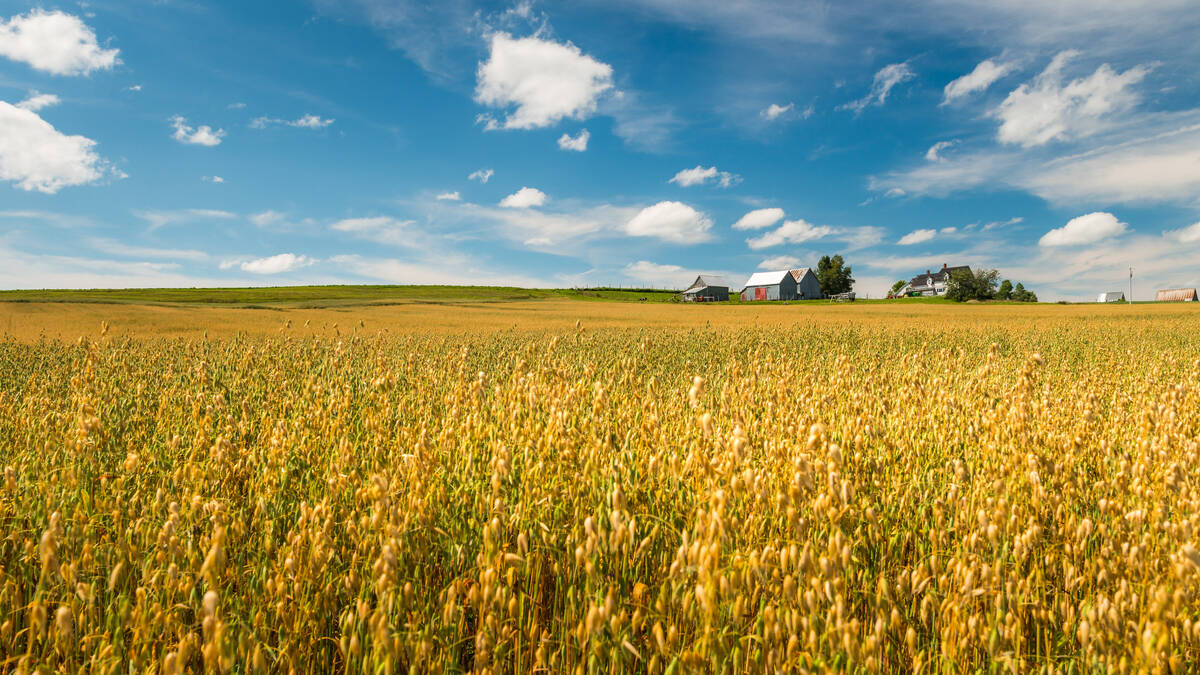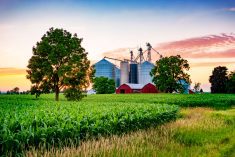Even a quick glance at the emerging generic market shows there are as many strategies as there are companies — and that’s a bonus for farmers, according to one industry analyst.
Sanjiv Rana is the editor-in-chief of the U. K.-based Agrow World Crop Protection News. He says farmers benefit when chemical manufacturers offer different models because it gives them real choice in the marketplace.
“A generic product is simply a product for which the market is open to any manufacturer to enter,” Rana said in an e-mail exchange with Country Guide. “Due to increased competition, price cutting becomes a norm and the only way a company can avoid drastic price cuts is by going in for branding.”
Read Also

Risk management for the farm means considering people, too
Wheat fields in New Brunswick, Canada.
Branding, per se, won’t ensure greater efficacy, Rana says. Instead, it’s a way for a company to sell confidence. In other words, you can depend on the company to produce only effective products, and to back them up if anything goes wrong.
Confidence may seem more like sizzle than steak, but today’s farms are risk averse.
Because off-patent products are subject to the same regulatory regime as new chemistry, Rana says safety and efficacy shouldn’t be a concern to growers. Indeed, when off-patent manufacturers improve the formulations to make them more effective by using different additives and surfactants, the generics may actually be more effective than the originals that they’re based on.
On the negative side, however, older chemistry may not live up to its past if pests have started to develop resistance, or if there are new weeds or pests in the field that the chemical can’t handle.
Generally, Rana says, the chemical market is self-correcting when these issues do arise. “If farmers find out that a product has not performed well, they will simply drive it out of the market by not buying it,” Rana says. Likewise, products that prove to be an advancement on the original formulation should garner a larger market share.
Agri-marketer Ross Harvey says even in the well-regulated Canadian context there are clearcut differences between the companies.
“There really is a lot of variability within the generic and off-patent sector,” Harvey says.
Agrow’s Rana says there’s another issue and opportunity here too — the role of the retailer in a complex marketplace. Frequently local retailers are trusted and by default become a “brand of choice” themselves, he says, because they’re a local business that’s built up a track record.
“A farmer could repose trust within a company that has been consistently providing him quality products, or within a retailing outlet from whom he has been buying a variety of quality products irrespective of the originating company,” Rana says.
That’s particularly true because counterfeiting has become a growing problem for chemical manufacturers worldwide, he says. Even in the well-(some would say over) regulated European Union, the European Crop Protection Association estimates that between five and seven per cent of the European market is affected by counterfeiting, he says.
While there haven’t been any widespread reports of counterfeit farm products in Canada yet, there have been growing reports worldwide of counterfeit active ingredient shipments — mainly originating in China — that have been found and seized by governments around the globe, so it’s likely just a matter of time before this less desirable aspect of globalization hits Canada.














